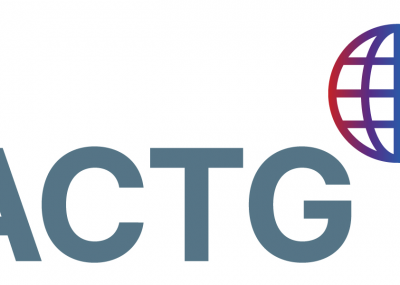Background: Children who are HIV-exposed uninfected (HEU) have higher morbidity and mortality than children who are HIV-unexposed and uninfected despite safer breastfeeding and improved maternal health with maternal antiretroviral therapy. We present the first global estimates of the population of children who are HEU (aged 0-14 years) and the geographical and temporal trends in HIV high-burden countries between 2000 and 2018.
Methods: The Spectrum AIDS Impact Module developed by Avenir Health, UNAIDS, and partners is used to estimate key HIV epidemic indicators from mathematical models. We used 2019 UNAIDS global estimates of children (aged 0-14 years) who are HEU generated by Spectrum and 2017 UN Population Division estimates of the number of all children in each region or country to estimate the regional or national prevalence of children who were HEU, the regional or national contribution of children who were HEU to the global population of children who were HEU, and the proportion of children who were HEU and exposed to antiretrovirals for six UNAIDS regions and 21 HIV high-burden countries in 2018. We also estimated the percentage change in the global population of children who were HEU between 2000 and 2018.
Findings: In 2018, there were an estimated 14·8 million (lower estimate 11·1-upper estimate 18·3) children who were HEU, 13·2 million (9·8-16·3; 90%) of whom resided in sub-Saharan Africa and 760 000 (640 000-970 000; 5%) of whom resided in the Asia and Pacific region. Five countries accounted for 50% of all 14·8 million children who were HEU globally: South Africa (3·5 million [23·8%]), Uganda (1·1 million [7·5%]), Mozambique (1·0 million [6·6%]), Tanzania (910 000 [6·1%]); and Nigeria (880 000 [6·0%]). In five southern African countries, the prevalence of children who were HEU exceeded 15% of the general child population: eSwatini (32·4%), Botswana (27·4%), South Africa (21·6%), Lesotho (21·1%), and Namibia (16·4%).
Interpretation: The global population of children who are HEU is substantial, requiring a coordinated strategy to reduce HIV exposure in children and ensure optimal health and wellbeing of children who are HEU and their families. Future research and programmatic funding investments must be aligned with the geographical distribution of children who are HEU.
Funding: National Institutes of Health, International AIDS Society.




